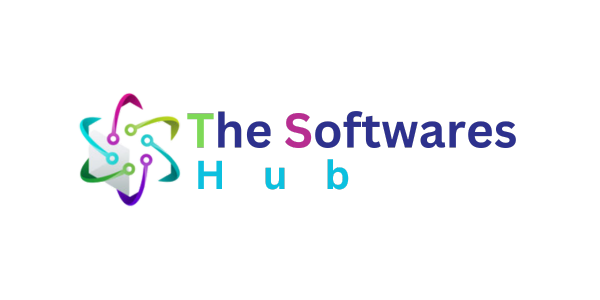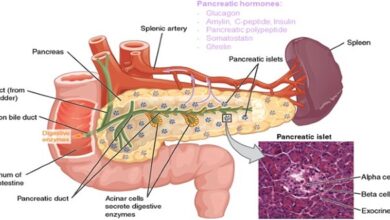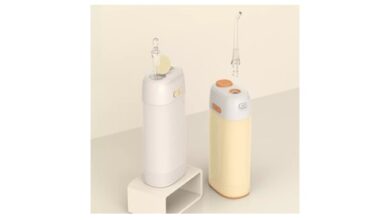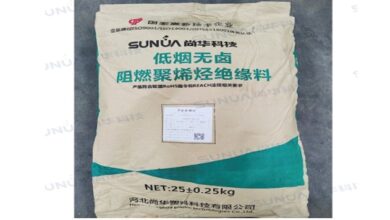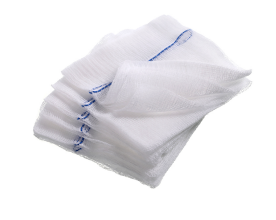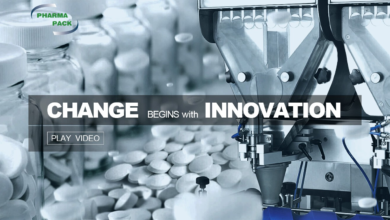Tips for using a water flosser while traveling
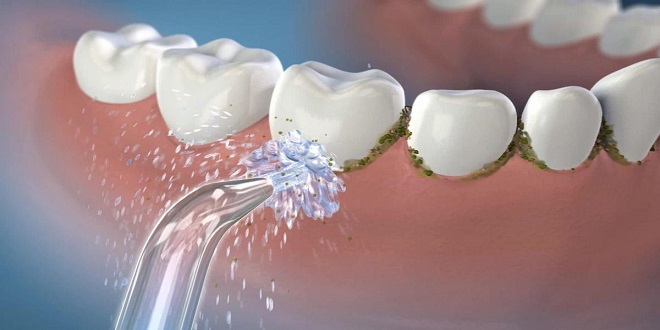
Are you a frequent traveler who worries about maintaining your oral hygiene on the go? Flossing while traveling can be a daunting task, but with the help of a water flosser, it doesn’t have to be. Water flossers are portable and easy-to-use devices that can make cleaning your teeth more convenient than ever before.
What is a water flosser?
If you’re new to the world of dental hygiene, you might not be familiar with water flossers. A water flosser, also known as an oral irrigator or a dental water jet, is a device that uses pressurized water to remove food particles and plaque from between your teeth and along your gum line.
Tips for using a water flosser while traveling
Using a water flosser while traveling can be a game-changer for your oral hygiene routine. However, it’s important to use it correctly to get the most out of its benefits. Here are some tips for using a travel water flosser:
1) Use warm water: Using warm or lukewarm water instead of cold water can help loosen food particles and plaque more effectively.
2) Start with low pressure: If you’re new to using a Reisemunddusche (travel water flosser), start with the lowest pressure setting and gradually increase as needed. This will give you time to adjust to the sensation and avoid any discomfort.
3) Use in front of a mirror: It can be helpful to use your travel water flosser in front of a mirror so you can see where you’re aiming and ensure that all areas are properly cleaned.
4) Empty and dry after each use: To prevent mold or bacteria growth, make sure to empty the reservoir and let it air dry completely before storing.
5) Bring extra tips: Depending on how long you’ll be traveling, it may be wise to bring extra tips for your travel water flosser in case one gets lost or damaged.
By following these simple tips, you’ll maximize the effectiveness of your travel water flosser and maintain optimal oral health while on the go.
What types of electric sonic toothbrushes are available?
When it comes to electric sonic toothbrushes, there are a variety of options available on the market. Some of the most common types include rechargeable and battery-powered models.
Rechargeable electric sonic toothbrushes typically come with a charging dock or USB cable for convenient recharging between uses. These brushes often have multiple brushing modes and intensity levels that can be customized to suit your specific dental needs.
Battery-powered elektrische schallzahnbürste (electric sonic toothbrush), on the other hand, are powered by replaceable batteries and do not require any charging time. While they may be less powerful than their rechargeable counterparts, these brushes offer an affordable option for those who want to try out an electric toothbrush without committing to a higher price point.
Aside from these basic distinctions, there are also specialized electric sonic toothbrushes designed specifically for sensitive teeth or orthodontic appliances like braces. These brushes may feature softer bristles or unique brush head shapes that allow for more targeted cleaning in hard-to-reach areas.
Conclusion
A water flosser is an excellent tool for maintaining oral hygiene while traveling. It’s small, easy to pack and use and it helps remove food particles and plaque that brushing alone might miss.
